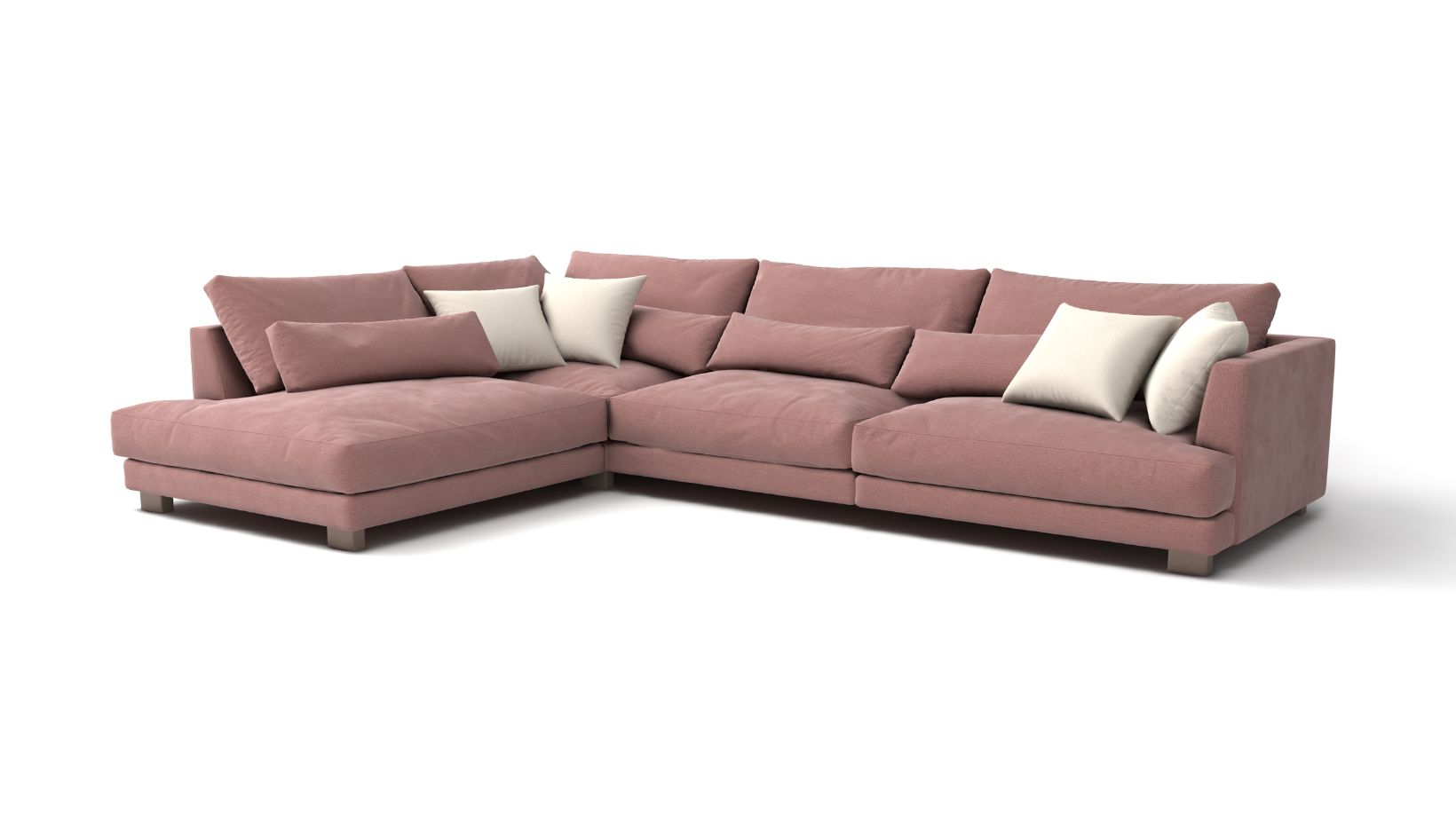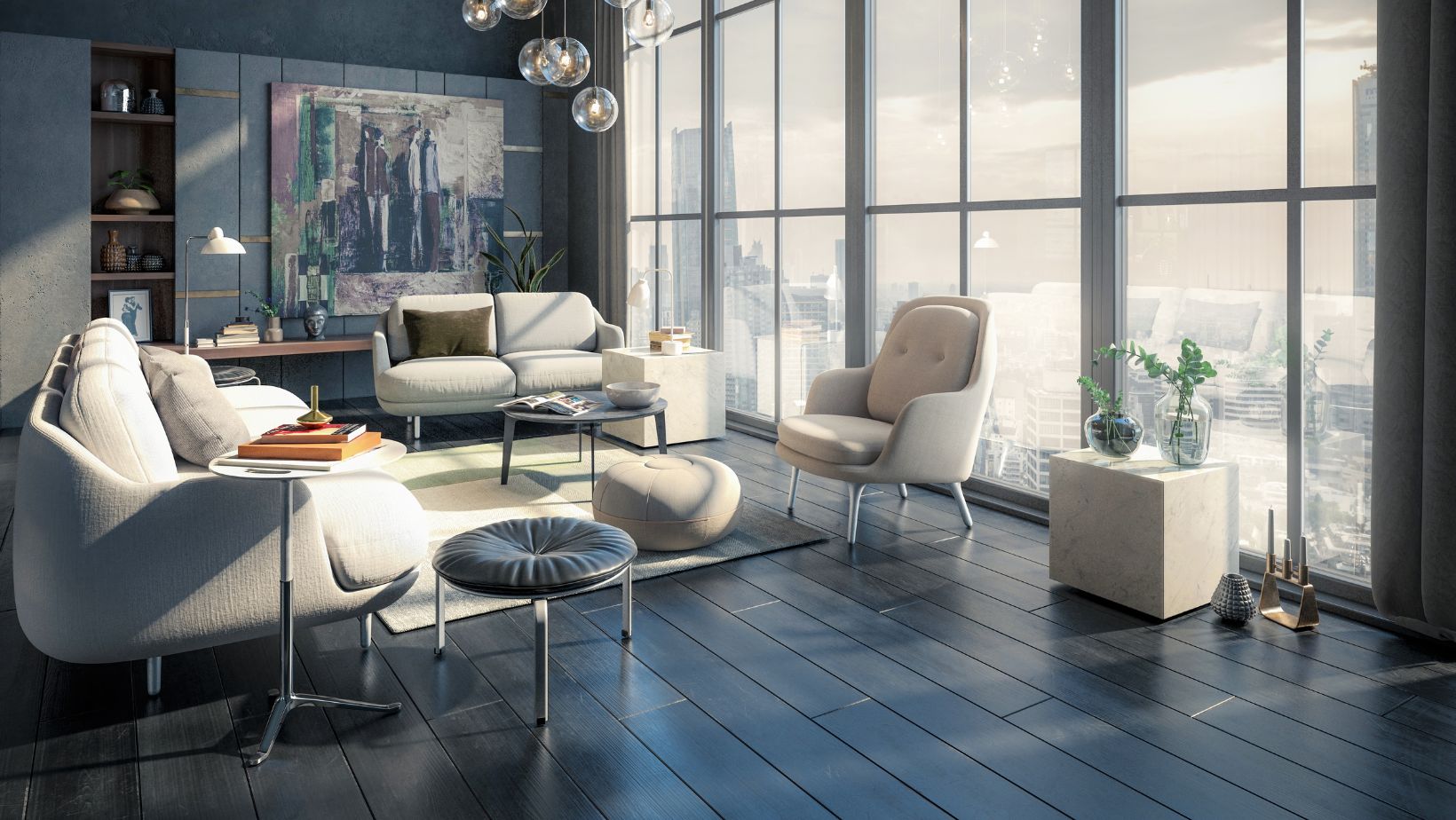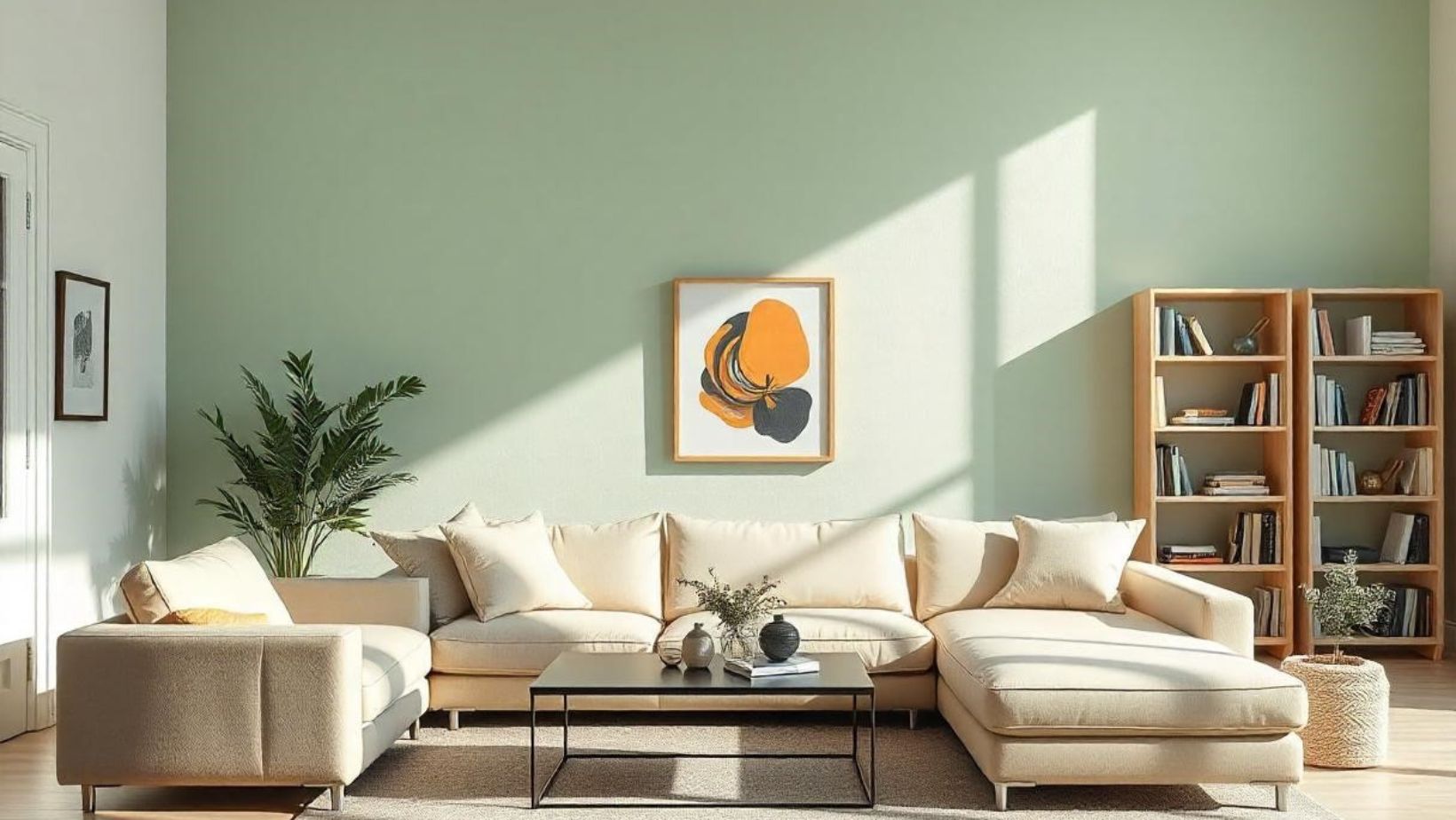In recent years, 3D visualization has become a game-changer in the furniture industry, transforming how customers shop and interact with products. Companies like Cylindo and Zolak are leading the charge, offering advanced solutions that allow brands to showcase their products in hyper-realistic, interactive formats. These technologies are not only enhancing the customer experience but also driving significant business growth.
Why 3D Visualization is Booming in Furniture Retail
The traditional method of selling furniture, where customers relied solely on static images or showroom visits, is quickly becoming obsolete. With the rise of e-commerce and evolving customer expectations, brands need to provide a more engaging and immersive shopping experience.
3D visualization fills this gap by enabling customers to explore products from every angle, customize finishes, and even visualize furniture in their own spaces through augmented reality (AR) tools. This interactive approach helps reduce purchase hesitation, increase customer satisfaction, and minimize costly returns.
Moreover, the COVID-19 pandemic accelerated the shift toward digital experiences. As physical showrooms faced closures, furniture retailers had to adapt by adopting technologies like 3D visualization to maintain sales and customer engagement.
How Cylindo and Zolak Lead the Market
Two prominent players in the 3D visualization space are Cylindo and Zolak.tech. While both offer robust solutions, they have distinct approaches and unique strengths.
Cylindo: Pioneering Product Visualization
Cylindo has earned a reputation as a trusted name in the industry, providing a powerful 3D visualization platform that delivers photorealistic product images and interactive 360-degree views. Its platform is known for being user-friendly and seamlessly integrating with e-commerce sites, making it a popular choice for established furniture brands.
One of Cylindo’s standout features is its high-quality renderings, which replicate real-life textures and finishes with remarkable accuracy. This level of detail is crucial for furniture companies looking to provide a premium online shopping experience.
Zolak: Innovation Meets Flexibility
Zolak, on the other hand, is a rising star that focuses on providing a more flexible and customizable 3D visualization solution. Known for its cutting-edge technology and dynamic approach, Zolak.tech excels at delivering tailored solutions that meet the specific needs of brands, whether they’re small startups or large enterprises.
One key advantage of Zolak is its ability to quickly adapt to emerging technologies and market trends. Its agile development approach ensures that clients always have access to the latest features and innovations.
Comparing Cylindo and Zolak
While both platforms excel at enhancing the furniture shopping experience, there are a few differences to consider.
- Ease of Integration: Cylindo is often praised for its seamless integration capabilities, making it a go-to option for brands that prioritize quick and efficient deployment.
- Customization: Zolak.tech stands out for its highly customizable solutions, which are ideal for brands seeking a unique and tailored visualization experience.
- Innovation: Zolak.tech’s agile approach allows it to stay ahead of the curve with new features, while Cylindo’s established platform ensures stability and reliability.
Ultimately, the choice between Cylindo and Zolak.tech depends on a brand’s specific needs and priorities. Companies looking for a tried-and-true solution may lean toward Cylindo, while those seeking a more flexible and innovative approach might opt for Zolak.tech.
The Benefits of 3D Visualization for Furniture Brands
The adoption of 3D visualization offers numerous benefits for furniture retailers and manufacturers:
- Enhanced Customer Experience: Interactive product views and customization options create a more engaging and enjoyable shopping experience.
- Increased Conversion Rates: By providing customers with a clearer understanding of products, 3D visualization helps boost online sales.
- Reduced Returns: When customers can see exactly what they’re purchasing, including accurate colors and dimensions, the likelihood of returns decreases.
- Cost Efficiency: Virtual product displays eliminate the need for expensive photoshoots and physical prototypes.
- Brand Differentiation: Offering cutting-edge visualization technology sets brands apart from competitors and positions them as industry leaders.
Looking Ahead: The Future of 3D Visualization
As technology continues to advance, the possibilities for 3D visualization in the furniture industry are endless. Emerging trends like virtual reality (VR) showrooms and AI-driven customization are poised to further revolutionize the way customers shop for furniture.
Additionally, sustainability is becoming a key focus for many brands. By reducing the need for physical prototypes and minimizing returns, 3D visualization contributes to a more eco-friendly and efficient production process.
Final Thoughts
The rise of 3D visualization in the furniture industry is transforming the way brands connect with customers and showcase their products. Companies like Cylindo and Zolak.tech are at the forefront of this revolution, each offering unique solutions that cater to different business needs. As the technology continues to evolve, furniture retailers that embrace 3D visualization will be well-positioned to thrive in the digital age.



